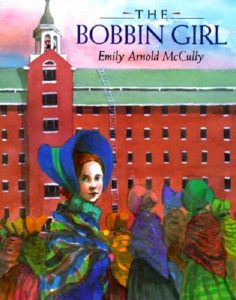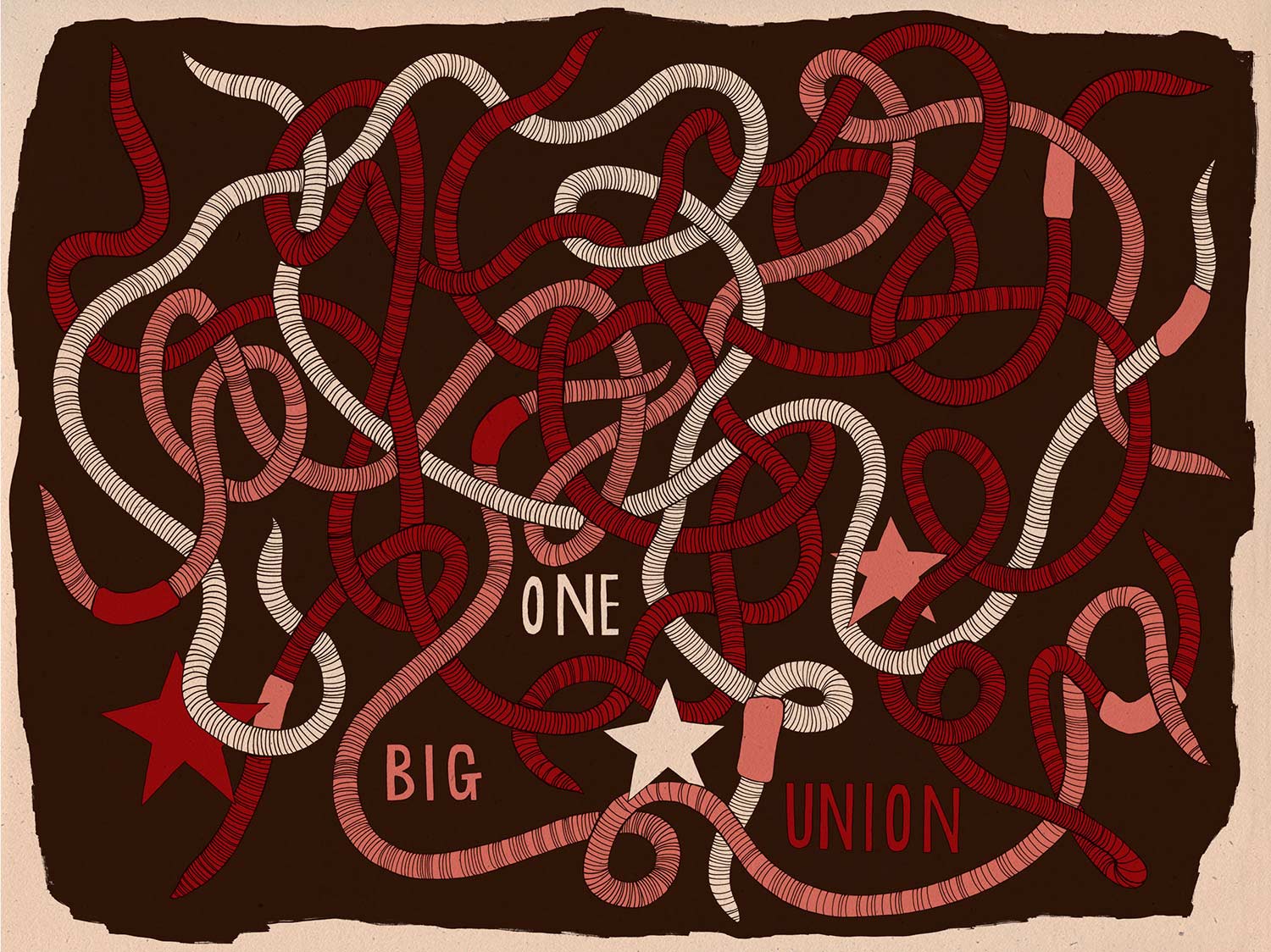 Rebecca Putney is a bobbin girl who helps support her struggling family by working all day in a hot, noisy cotton mill. Working conditions at the mill are poor, and there is talk of lowering the workers’ wages. Rebecca’s friend Judith wants to protest the pay cut — but the organizers at the mill are dismissed. Does Rebecca have the courage to join the protest? [Publisher’s description.]
Rebecca Putney is a bobbin girl who helps support her struggling family by working all day in a hot, noisy cotton mill. Working conditions at the mill are poor, and there is talk of lowering the workers’ wages. Rebecca’s friend Judith wants to protest the pay cut — but the organizers at the mill are dismissed. Does Rebecca have the courage to join the protest? [Publisher’s description.]
The story is followed by a note from the author about the historical context.
ISBN: 9780803718272 | Dial
Reviews
This tale of child labor, early efforts to organize against unfair employers, and human courage is based on the true story of Harriet Hanson Robinson, whose mother ran a mill boardinghouse in 19th-century Lowell, MA. School Library Journal
Caldecott Medalist McCully (Mirette on the High Wire) spins an engrossing, fact-based tale with feminism and fair labor practices at its heart. Ten-year-old Rebecca supplements her family’s meager income by toiling as a ‘bobbin girl’ in 1830s New England. She is one of the thousands of girls and women who endure 131/2-hour days in the stuffy textile mills of Lowell, Mass., the City of Spindles. Rebecca sees first-hand the courage of her co-workers, who all share a dream of building a better life with the money they earn. She also observes the illnesses, injuries and anxiety caused by the harsh conditions and callous mill owners. When a decrease in wages is announced, the mill girls rally to stage a ‘turn out’ (strike) and protest their predicament. McCully deftly weaves feminist themes into her spirited text, and her meaty author’s note places her story in context. Her characters speak of self-reliance and education; they read and attend lectures whenever possible. The courage and ambition these role models inspire in Rebecca are palpable. Rough-edged watercolors, frequently awash in gray light, convey the often oppressive mood of an industrial town of the time. The shawled and bonneted women and an abundance of other period details add further historical depth. Publishers’ Weekly









Twitter
Google plus
LinkedIn